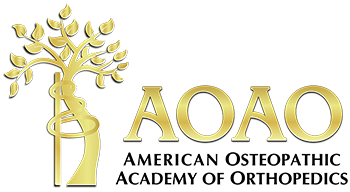Parker A, Wilde J, Bugbee W
Scripps Green Hospital, La Jolla, CA, United states
Introduction/Objective
Robotic-assisted total knee arthroplasty (RA-TKA) is becoming increasingly more popular as technology continues to evolve. Prior studies evaluate the learning curve associated with surgeons incorporating robotics into practice. There are far less studies evaluating the changes to facility efficiency when introducing RA-TKA. Specifically, when introducing RA-TKA into a large multispecialty hospital system. This study will add to the body of literature on the use of robotics in TJA. Its novel contribution will be to report the effect of implementing a robotic system into a multispecialty hospital facility that prior to this study does not use robotics in orthopedics. This information will serve to give further insight to the expectations for a multispecialty hospital facility and surgeons on the expected learning curve when first implementing robotics.
Methods
A total of 189 TKA cases were studied. Including 46 RA-TKA cases and and 143 C-TKA cases. Each case was performed at our facility by 2 surgeons with no prior experience with this newly implemented robotic system. Patients were allocated to the treatment group based on the use of the Velys robotic system or the use of the surgeon’s standard technique. During the implementation of the robotic system, each surgeon continued to perform a mix of both Velys Robotic assisted TKA cases and standard technique TKA cases. Patient demographics, comorbidities and operative times were recorded. Operative time included: turn-over, In-room to incision time, closure to out of room and total in-room time. Statistical analysis was used to identify the average change in each of these times overtime to evaluate changes to efficiency.
Results
RA-TKA cases Total in-room to our of room time average were longer with by 15 to 17 minutes with average of (114 minutes; range 96-139) and (119 minutes; range 79-144) versus C-TKA (99 minutes; 82-119) and (102 minutes; range 82-147) for surgeon A and surgeon B respectively. However, in regard to turnover time the RA-TKA cases were only slightly longer by an average of 3 and 4 minutes for surgeon A and B respectively. Both surgeons were able to reach the control average total surgical time, however, only surgeon B was able to continue to perform consecutive cases at or below his control average surgery time.
Conclusion
There was an average of 16-minute increase in total in-room to out of room time with RA-TKA cases compared to C-TKA performed during this study. Turnover time was only slightly affected with averages increasing by 3.5 minutes with RA-TKA cases. This study shows that the introduction of a RA-TKA into a multispecialty hospital system will impact efficiency. The increase in time associated with these cases however is more significantly impacted by the time in the operating room and less so by the turn-over time.


